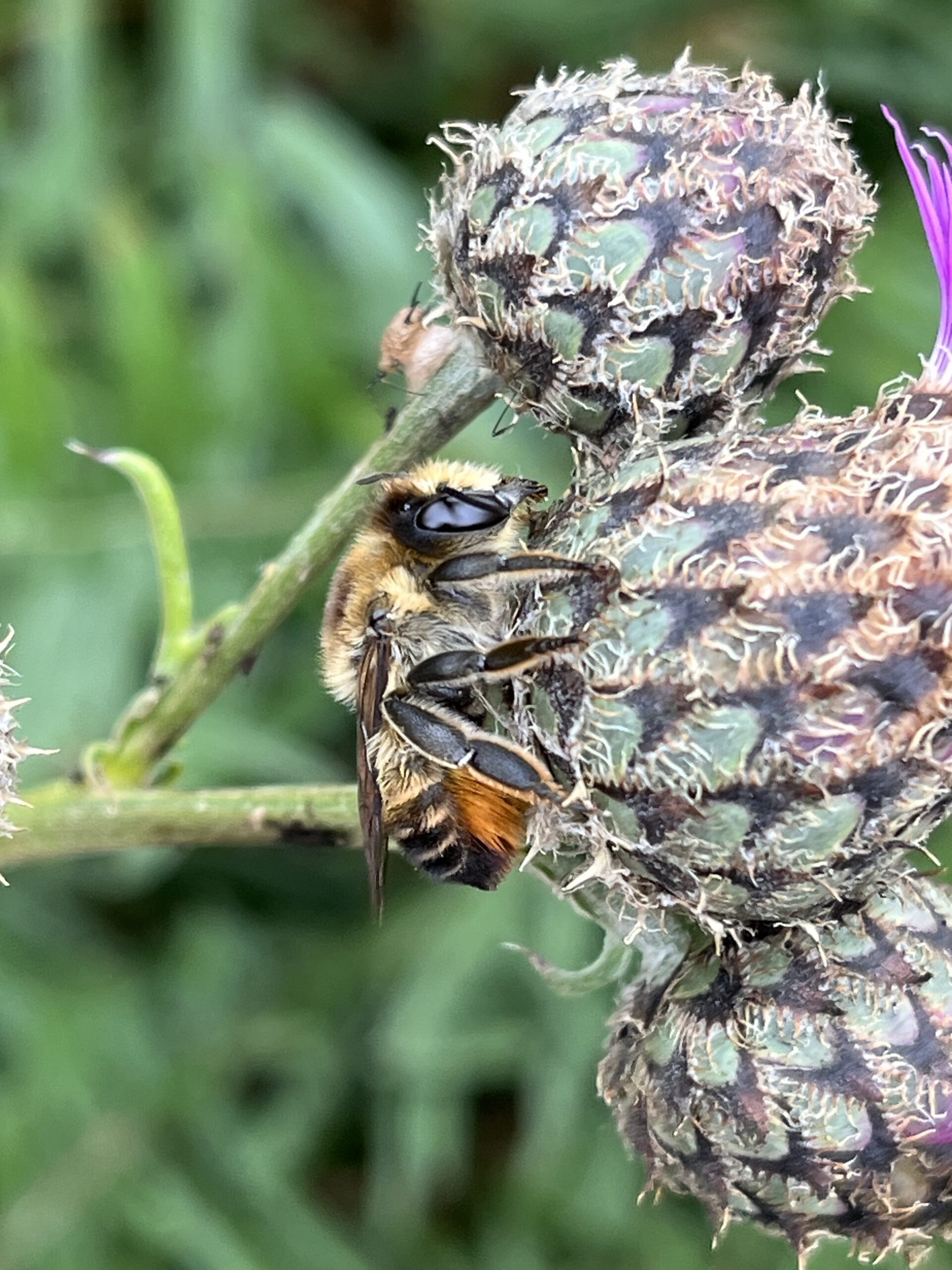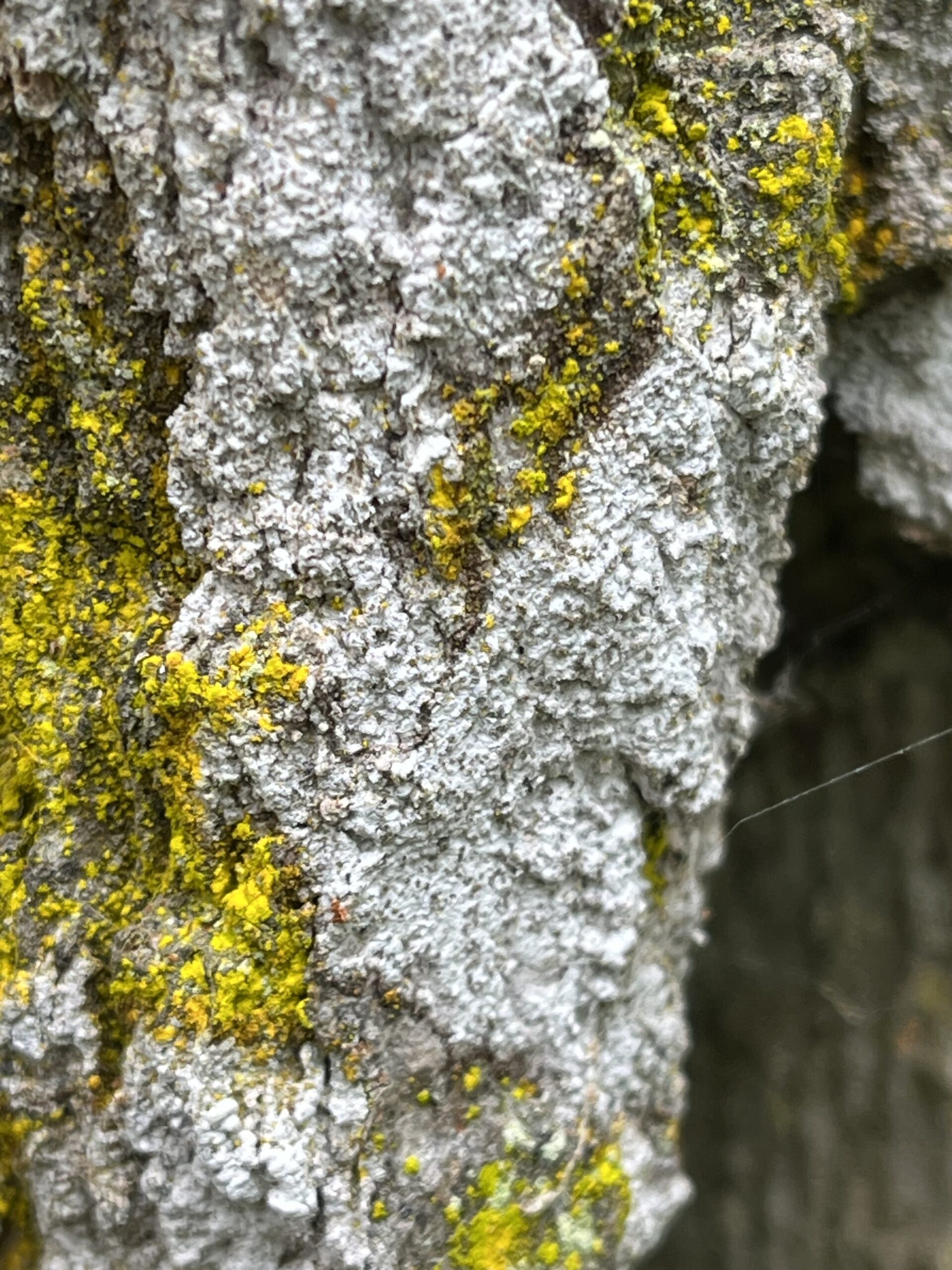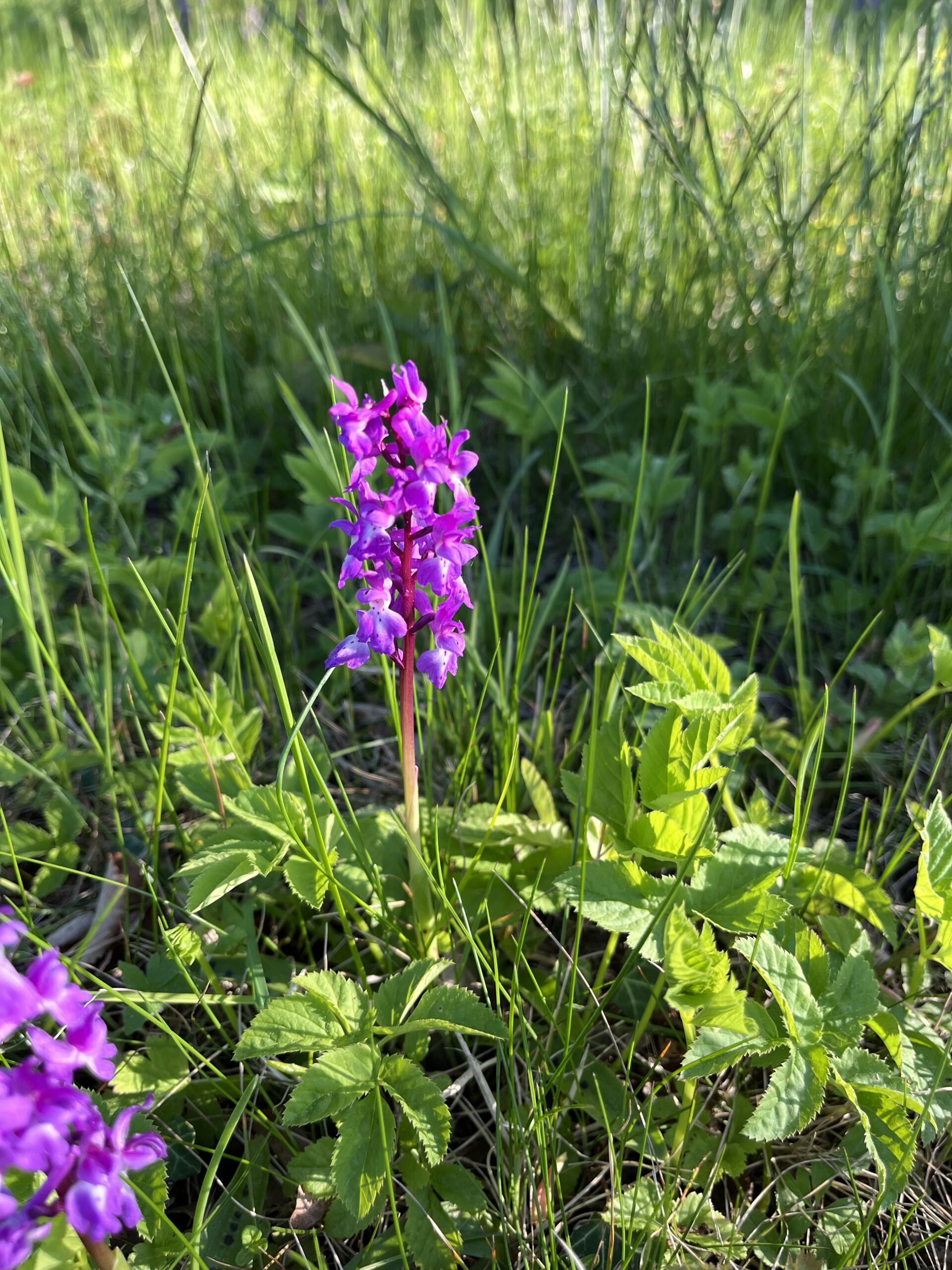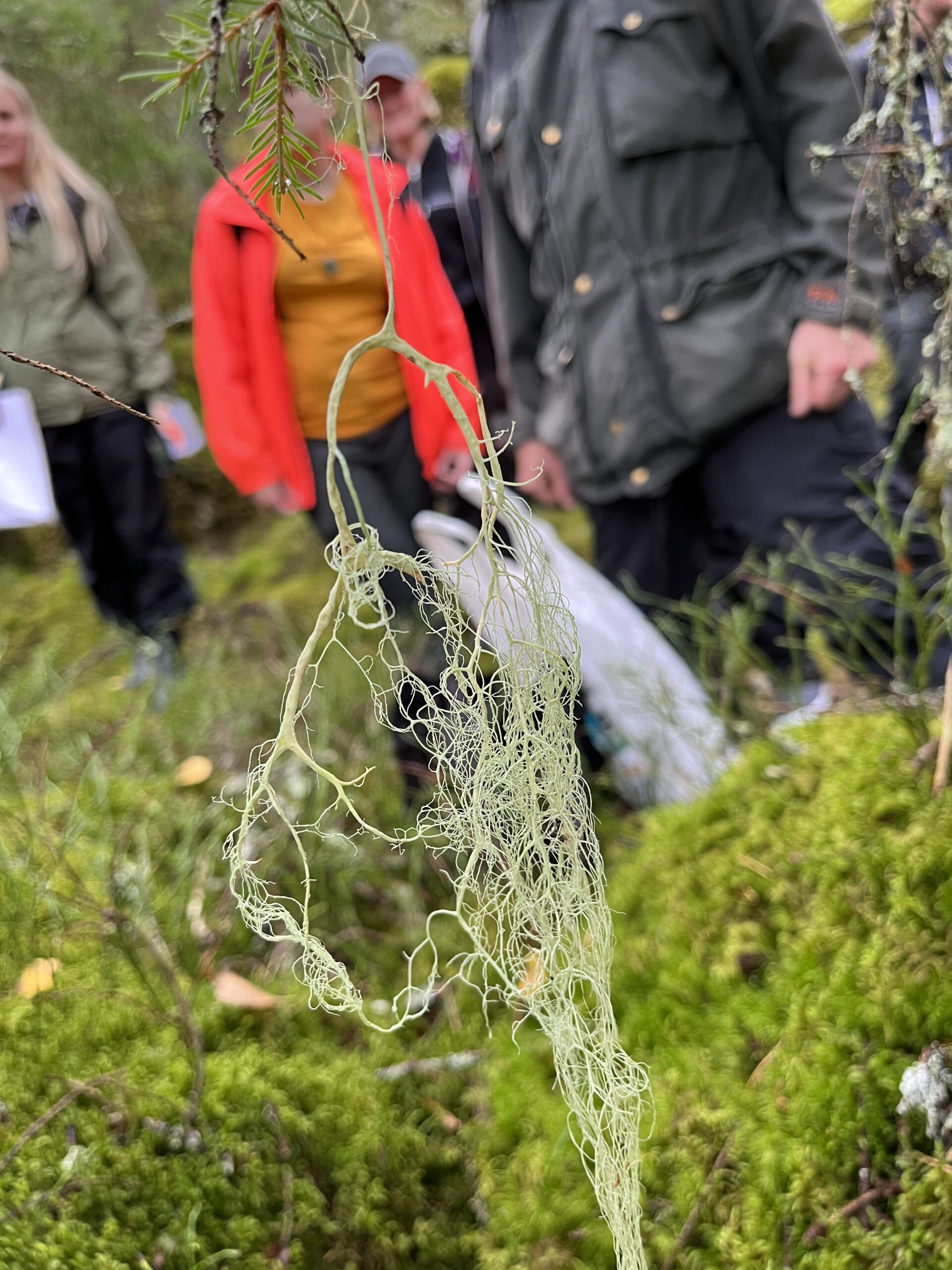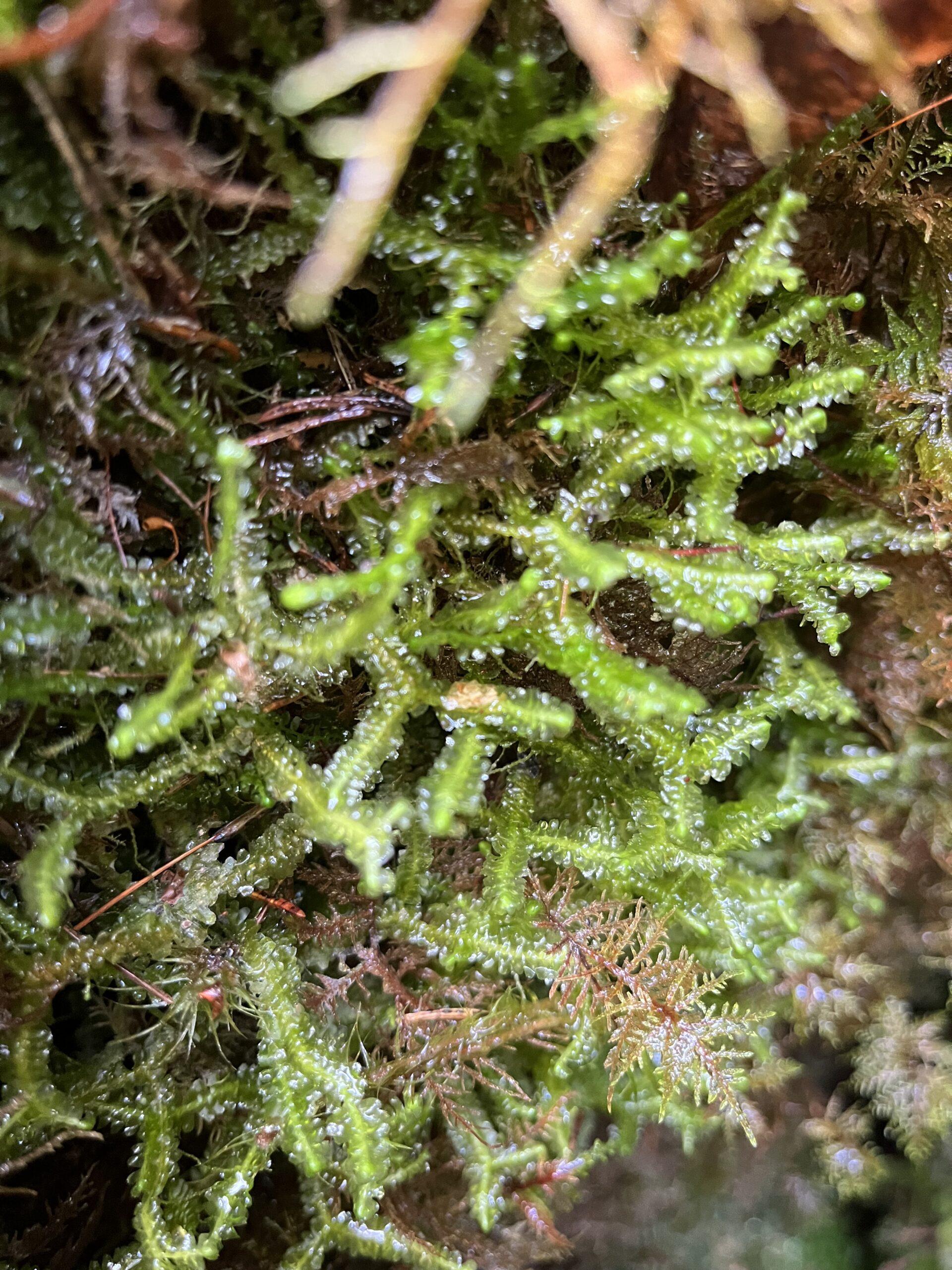MONITORING LONGHORN BEETLES IN SWEDISH DECIDUOUS FORESTS
Monitoring Longhorn Beetles in Swedish Deciduous Forests
OVERVIEW
Christoffer’s master’s project focuses on the biodiversity and ecological roles of longhorn beetles (cerambycids) in 30 deciduous forests across Sweden. Longhorn beetles are a diverse group with an estimated 60,000 species worldwide, many of which are poorly understood despite their ecological significance and potential as pests.
Key Objectives

Identify and catalog longhorn beetle species within Swedish forests.

Understand how environmental factors influence the distribution and behaviors of these beetles.

Employ pheromones to attract and monitor longhorn beetles, improving detection accuracy and efficiency.
Key Findings
Key Findings
Diverse Habitats: Longhorn beetles inhabit a wide array of ecological niches within deciduous forests.
Impact of Environmental Changes: Changes in climate and land use significantly influence beetle distribution and abundance.
Effective Monitoring: Pheromone traps are highly effective for detecting rare and cryptic longhorn beetle species.
conservation implications
CONSERVATION IMPLICATIONS
Dynamic Conservation Strategies: Emphasize adaptable conservation approaches that consider both young and old forests.
Enhanced Detection: Use pheromones to improve monitoring and protection of rare longhorn beetle species.
project significance
Project Significance
Christoffer’s project highlights the importance of using advanced pheromone-based monitoring to better understand and protect longhorn beetle biodiversity. These findings can inform conservation efforts and help maintain the health of forest ecosystems in Sweden.
